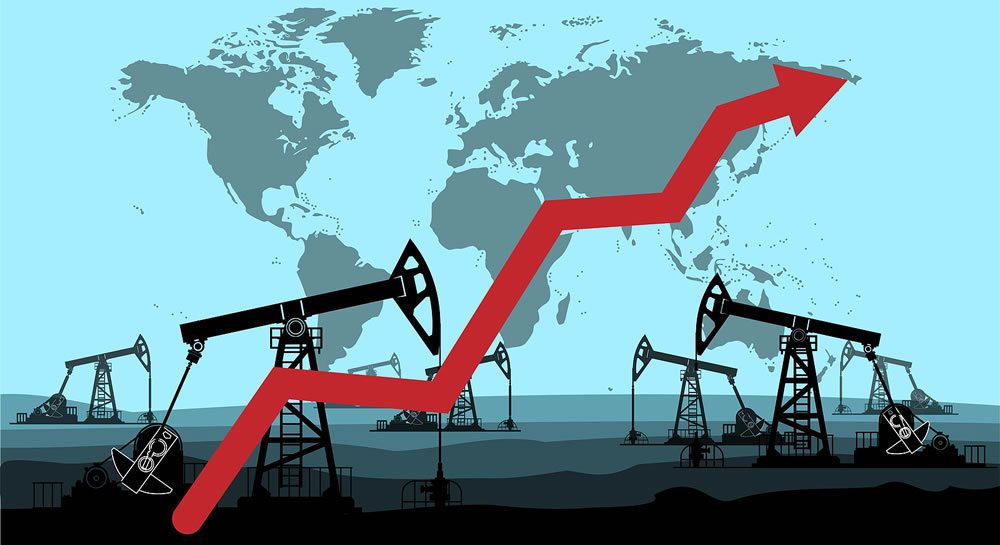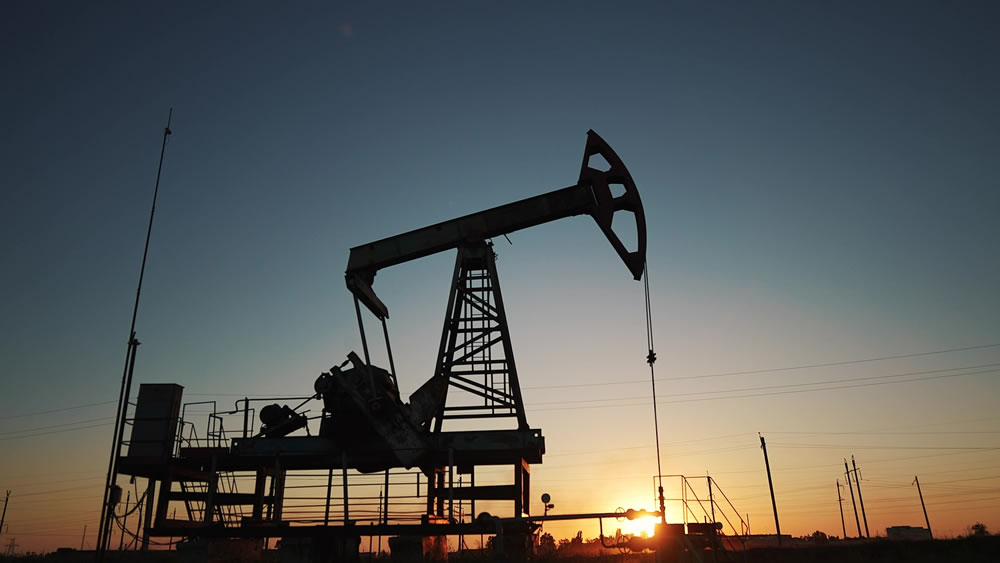At the start of each new year, many investors are looking ahead over the next twelve months and making some tough decisions about the contents of their portfolios. Assessing whether your current investments are still viable considering the current economic uncertainty is essential in order to protect your money in both the short and longer term and optimise your portfolio for maximum gains – and while certain stocks and shares might seem like a no brainer, it always pays to look twice.
Oil has long been seen as a fail-safe option for investors across the globe, with the number of users of online trading platforms such as oilprofit.app remaining high – but with factors at play such as a wider move towards more sustainable fuel sources as nations fight to reduce their carbon footprints ahead of major deadlines in 2030, is this still the case? The ongoing fuel crisis brought on by Russia’s invasion of Ukraine has no doubt shaken things up a bit when it comes to energy – so is oil still a viable investment option in 2023, or not?
A market blighted by uncertainty

Despite fuel being in greater demand across Europe due to strangled supplies to the UK and EU from Russia, oil prices have now plunged to one-year lows, despite having bounced back to above $120 per barrel in June of 2022 after the initial shockwaves had calmed.
Brent crude – the umbrella for the Brent Complex oil market that’s based around the North Sea of Northwest Europe – had signalled some optimism back in early December, rising to $76 from a one-year low of $75.70 as the second week of the month got underway. It’s thought that the boost was down to the gradual reopening of the Chinese economy and thus, higher demand from this major importer, but supply and demand factors have remained unpredictable and so currently, the path ahead for the crude oil market remains unpredictable, precarious and potentially rather volatile.
Since then, the UK has officially entered a recession, and there are whispers that EU nations, as well as the U.S., could soon be about to follow suit – which again, could have a dramatic impact on price and send the numbers tumbling.
As central banks across the globe continue to hike interest rates in response to spiralling inflation, demands for the commodity have fallen, and with sanctions against oil exports from Russia still in place, with a crude oil price cap of $60 imposed by the G7, uncertainty about supply from the world’s second most prolific producer remains an influential factor.
The slippery road ahead

So what lies ahead in 2023? Well, the good news is that according to some industry experts, oil prices could be set to make some small gains in spite of the gloomy backdrop.
A recent study surveyed 30 analysts and economists from across the globe about their predictions for the year ahead, and participants believed that Brent crude oil could be set to average around the $89.37 per barrel mark this year. That’s five per cent lower than was predicted by a similar survey back in November 2022 – but when you consider that since then, the UK has officially dipped into recession and the Russia-Ukraine conflict has continued, it’s perhaps unsurprising.
When it comes to U.S. oil, the consensus is that it could average around $84.84 per barrel throughout 2023 – a fall of around three dollars on the previous month’s projection.
It could be a case of sooner, rather than later, when it comes to a wider recession impacting nations around the world, with the effects of the global Covid-19 pandemic still being felt alongside those of the challenges we’re currently facing. The impact of high inflation and rising interest rates can only be held off for so long, and when they fully take hold, it could spell disaster – and not just for the oil market alone.
In order to mitigate this, major oil suppliers will be looking to focus on China in the first half of this year – and by Q3, when demand is expected to begin bouncing back as banks relent on high interest rates and the Covid-19 restrictions in China are likely to have eased somewhat, investors can begin to relax a little. Nevertheless, the market is unlikely to be out of the woods entirely by then – in fact, far from it – so the rest of 2023 could well be a bumpy ride before things slowly begin to return to some semblance of normality by early 2024.
Disclaimer: Investing money carries risk, do so at your own risk and we advise people to never invest more money than they can afford to lose and to seek professional advice before doing so.






















